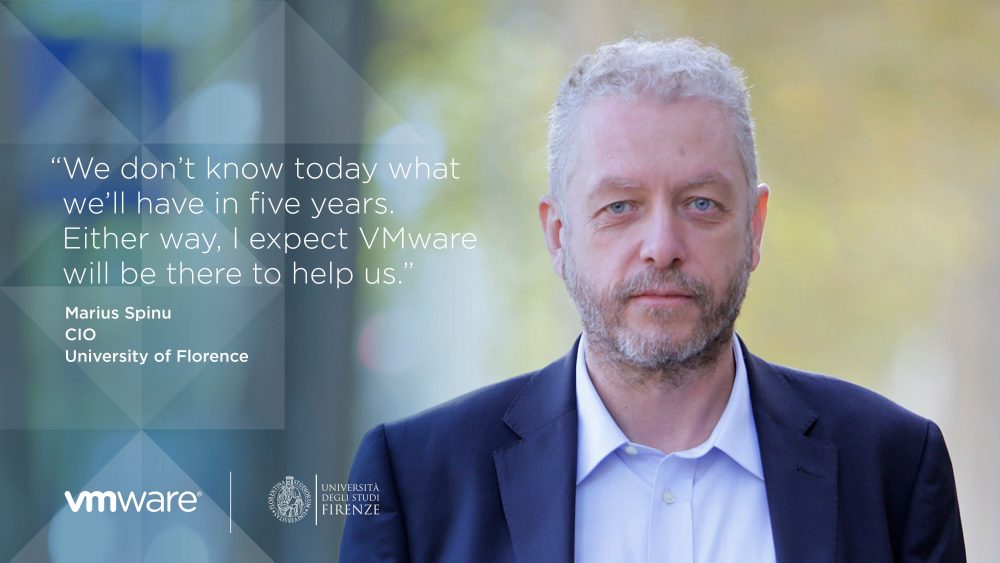DISCLAIMER: this article is older than one year and may not be up to date with recent events or newly available information.
There is a misconception that the university sector is perhaps more sedate than most: ancient subjects taught in old buildings by middle-aged lecturers – delivered to a young audience locked-in to a three-year course.
The reality is wildly different. “We have a far more demanding group of stakeholders than most industries,” says University of Florence CIO Marius Spinu. “We have a completely new student body every five years. Students have extremely high expectations. We have to comply with their vision.”
Across Europe the university sector is becoming increasingly competitive. Universities have to compete for funding, for links to the best businesses, and to present themselves as modern learning environments. Many are doing this against a backdrop of falling public sector funding. And, for the first time, many are having to justify a return on investment for students: what value do students receive for their fees?
The University of Florence is one of Italy’s best universities. It holds a strong reputation for research, a reputation it wants to build on. It plans greater cooperation with external partners, including public- and private sector organizations, along with the creation of new joint ventures. It also wants more international students.
The University of Florence wants to create a flexible IT infrastructure on which to build new, digital services. This platform should make IT more efficient and easier to manage.
The plan has two parts: create a software-defined data center; create a virtual workspace, with thin clients managed from the data center.
The VMware solution involves VMware vSAN™, vSphere®, vCenter®, NSX®, Horizon®, and VMware Professional Services. VMware NSX Data Center delivers networking and security entirely in software, abstracted from the underlying physical infrastructure. It provides pervasive, end-to-end connectivity for the university’s apps and data, wherever they are.
VMware Horizon provides end-users with access to all of their virtual desktops, applications, and online services through a single digital workspace. Secure digital workspaces can be delivered on demand through a single VDI and app virtualization platform, streamlining management.
The project, says Spinu, establishes a “bedrock”. It creates the desired enterprise environment, simplifies management, builds flexibility, and presents a modern face to the world. This will help the university in its research ambitions, as it seeks to partner with industry in research projects.
“We need our technical people to be thinking about new ways of working, of innovation, of automation. Operations and routine tasks are not where we should be focusing,” says Spinu. “Universities are no less dynamic than other industries.”
Hear more from Spinu by watching this video
Category: News
Tags: cloud, Customer, digital business, Mobility, vmware





No comments yet